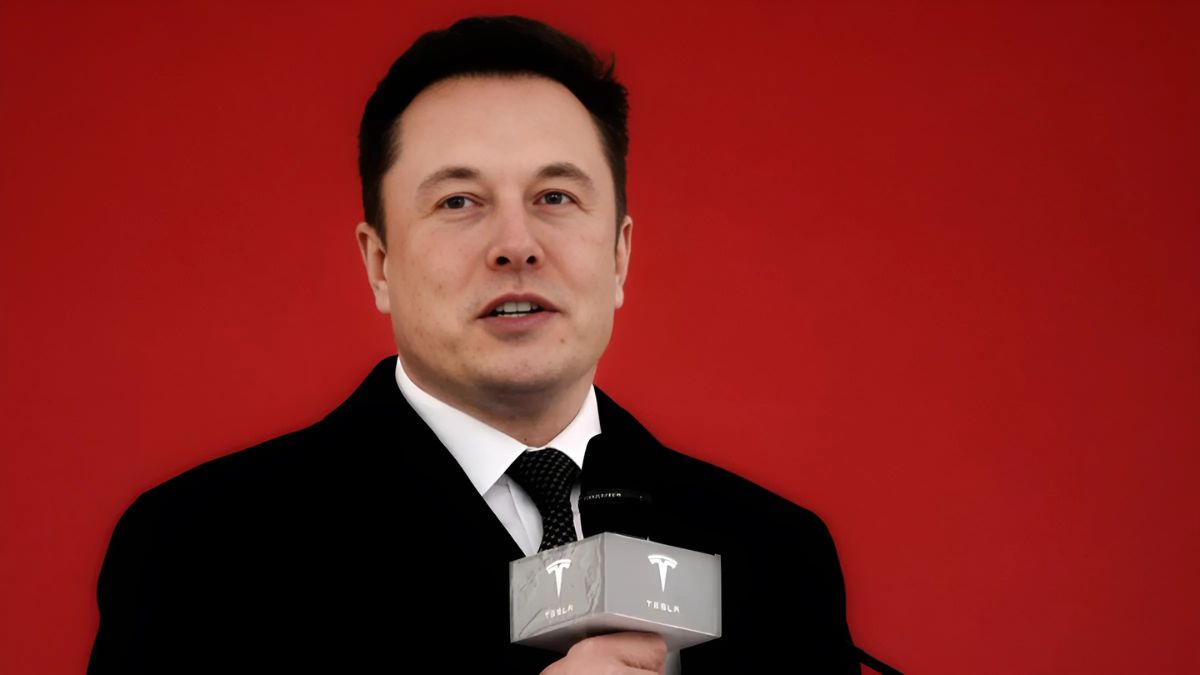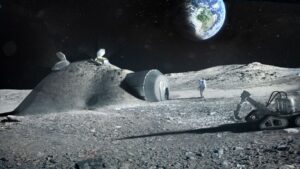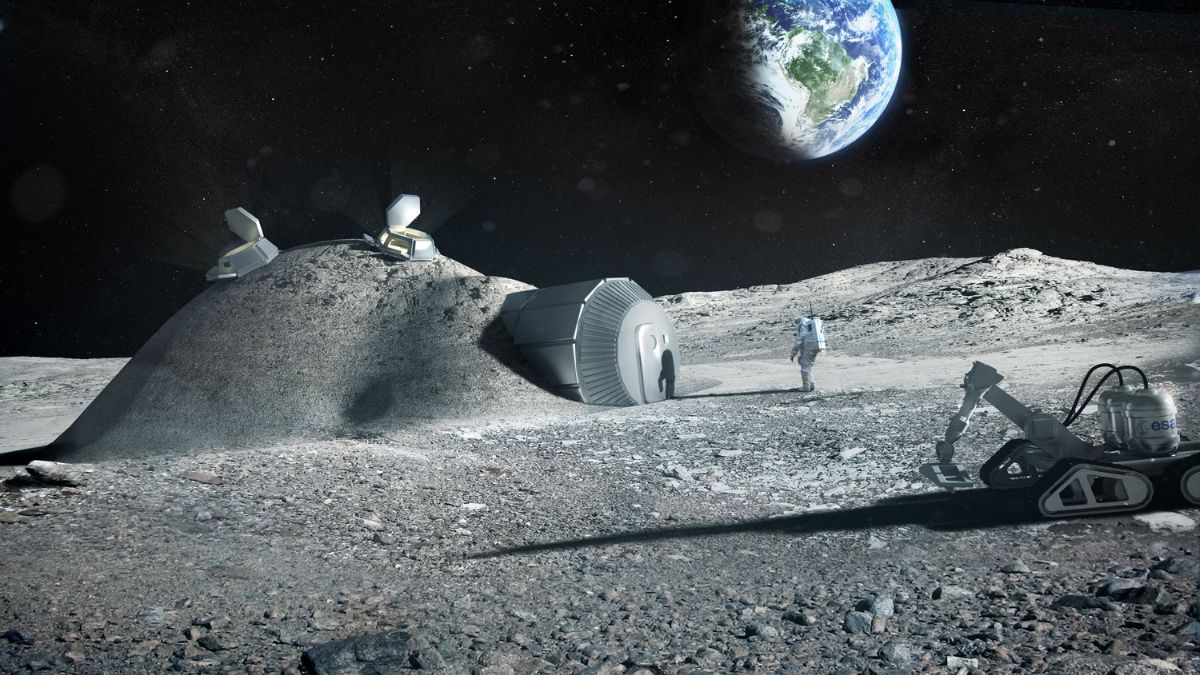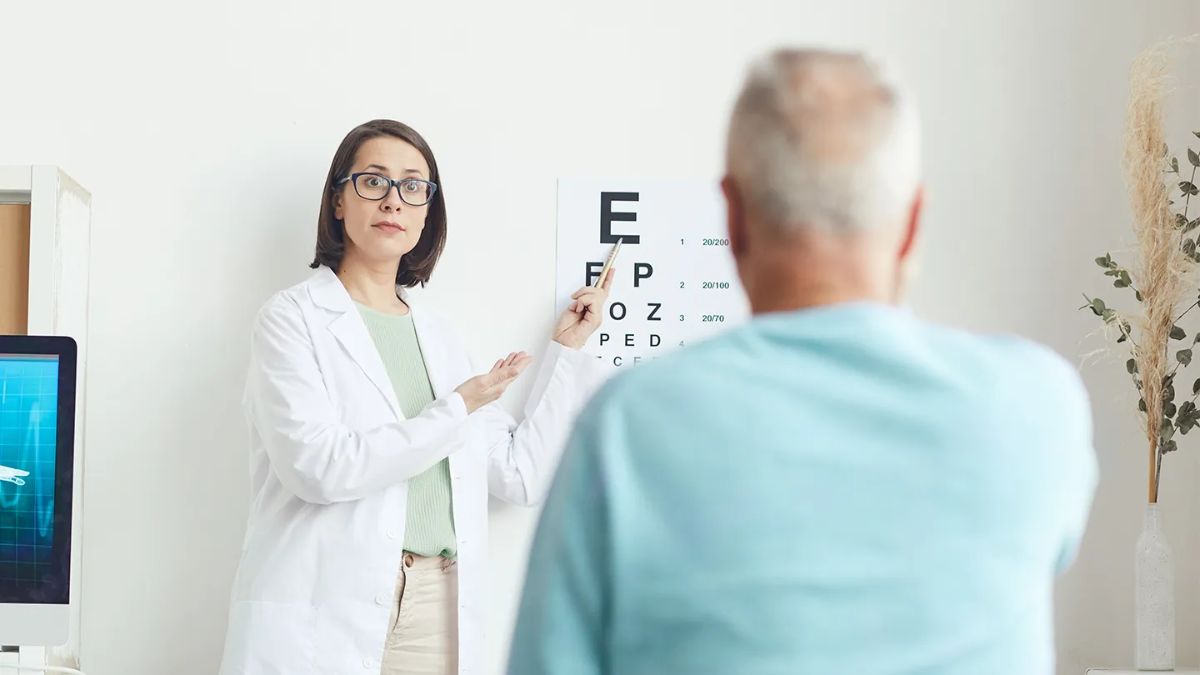Elon Musk, the mastermind behind Tesla and SpaceX, is once again making headlines—this time not for rockets or electric vehicles, but for something straight out of science fiction. Tesla’s Optimus humanoid robot project is moving faster than anyone expected. According to Musk, Tesla will start using these robots in its own operations as early as next year. It’s a moment that feels like something Leonardo da Vinci might have dreamed up, only now it’s becoming real.
Revolution
Tesla’s Optimus isn’t just another gadget. It’s being built to perform tasks that most humans find boring or repetitive. Think factory work, repetitive lifting, or even basic service roles. The goal? To let people focus on more meaningful work while robots handle the dull stuff.
But there’s a catch. As these robots become more capable, questions are rising about what it means for millions of workers who rely on manual jobs to make a living. Could we be looking at a future where entire sectors are automated? Possibly. And that’s a big deal.
Deployment
Musk has made it clear that Tesla is accelerating the timeline. Optimus could start showing up inside Tesla factories within a year. This move isn’t just about innovation—it’s a strategic play as competition in the electric vehicle world heats up.
The Optimus robot is designed with multiple joints and human-like mobility. That means it won’t just follow step-by-step code. It’s being trained to make decisions and adapt to changing tasks. In Musk’s words, it’s not a hard-coded robot—it’s capable of learning and evolving. And that level of independence brings its own set of possibilities and problems.
Impact
Optimus has the potential to transform industries far beyond car manufacturing. From logistics to hospitals to home care, a robot that can walk, lift, and make decisions could be useful everywhere. But its flexibility also means it could replace a variety of jobs—not just those labeled “low skill.”
Here’s a quick look at potential benefits and concerns:
| Aspect | Potential Impact |
|---|---|
| Productivity | Increased efficiency in labor-intensive tasks |
| Job Displacement | Risk of mass layoffs in manual labor sectors |
| Cost Savings | Lower operational costs for companies |
| Security Concerns | Risk of misuse or hacking |
| Ethical Questions | Issues around robot rights and human roles |
Dilemmas
With great tech comes great responsibility. As we push the boundaries of AI and robotics, society will have to wrestle with big questions. What does it mean to be human in a world of robot workers? How do we prevent these tools from being misused? And who’s responsible when something goes wrong?
Public trust is key. Will people accept humanoid robots in their homes, hospitals, or public spaces? Or will there be resistance? The answers will shape not just tech policy, but our cultural norms and day-to-day lives.
Balance
Musk’s vision may be optimistic, but it requires a careful mix of ambition and caution. We’re standing at the edge of a new era—one where robots could become coworkers, assistants, or even companions. But we can’t ignore the social, emotional, and economic impact this could bring.
The way forward isn’t to fear this future but to guide it. That means putting ethical standards in place, making sure regulations evolve with the tech, and ensuring humans still have a central role in the economy. After all, technology should serve humanity—not replace it.
So as Tesla’s humanoid robot edges closer to reality, the world must decide how to handle this leap. Will we embrace Optimus as a partner? Or will we see it as a threat? Either way, the conversation starts now.
FAQs
What is Tesla Optimus?
A humanoid robot developed by Tesla for task automation.
When will Optimus be used?
Tesla plans to use Optimus internally starting next year.
Will Optimus replace human jobs?
It may replace some manual and repetitive labor roles.
What tasks can Optimus perform?
It can handle repetitive, mundane, or physically demanding tasks.
Are there risks with humanoid robots?
Yes, including job loss, security, and ethical concerns.























